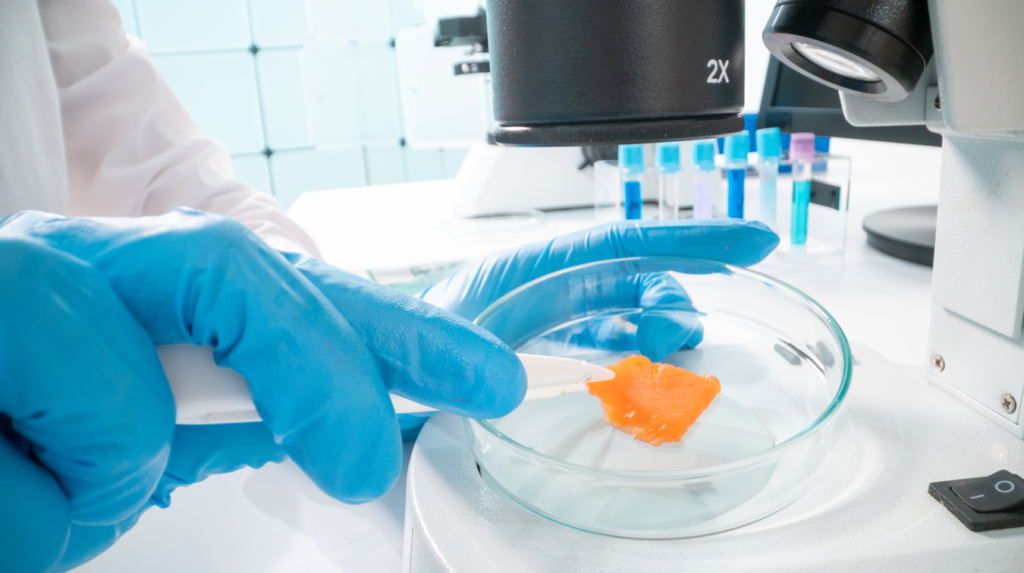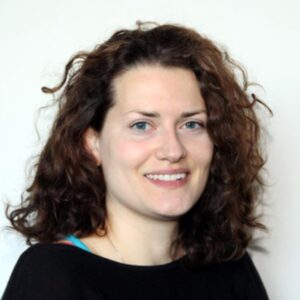Safe to eat

The latest round of testing shows that Norway’s farmed fish are still safe for consumers, as Vince McDonagh reports
Farmed fish is free of illegal substances and safe to eat, research by the Norwegian Institute of Marine Research has found.
The organisation carried out the work, which mostly took place in 2022, on behalf of Mattilsynet, the Norwegian Food Safety Authority.
The detailed nature of such research means it is generally going to be up to two years behind, but little is thought to have changed since then.
Just over 15,000 farmed fish were examined for illegal and unwanted substances, and nothing untoward was found.
Every year, the Institute of Marine Research checks Norwegian farmed fish for illegal drugs, legally used veterinary drugs and environmental toxins. The aim is to ensure that the food is safe.
In 2022, just over 3,000 samples were analysed, consisting of 15,040 farmed fish. The fish are analysed in collective samples, which each consist of five fish from the same cage.

Annette Bernhard, Institute of Marine Research
“The samples should represent Norwegian farmed fish as a whole,” researcher Annette Bernhard (pictured) explains.
The monitoring programme is regulated through an EEA agreement and is part of the EU’s monitoring programme for animal foodstuffs.
To protect public health, current EU legislation assigns maximum residue limits (MRLs) for all legally applied pharmacologically active substances in products intended for human consumption.
An MRL denotes the highest permitted residual concentration of a legally applied veterinary drug. It is evaluated for each substance and each food product individually.
Consumption of food with drug residues below the MRL is deemed to pose no health risk to the consumer.
For fish, the MRLs are set for muscle and skin in natural proportions. The samples examined for veterinary drugs were collected from fish at processing plants and the samples are representative of fish ready to be placed on the market for human consumption.
The Food Safety Authority is responsible for the sampling of farmed fish, while the Institute of Marine Research carries out the work and reports back.
Most of the samples were farmed salmon, but the researchers also checked rainbow trout, trout, halibut, turbot, char, cod and spotted catfish.
A third of the samples were analysed for illegal substances. These samples were taken from farms and from all life stages of the fish.
Fish tested for illegal compounds were collected at the farm by official inspectors from the Norwegian Food Safety Authority without any warning for the farmers.
Samples were taken at all stages of farming in order to represent farmed fish during production. They were also transported to the Institute of Marine Research in a frozen state.
Some of the substances monitored include growth promoters such as steroids and stilbenes, and unauthorised drugs.
The unauthorised drugs considered most relevant for aquaculture are chloramphenicol, nitrofurans, metronidazole and dyes.
Bernhard said: “Illegal agents are, for example, substances with anabolic effects, such as growth hormones or unauthorised drugs.”
No traces of illegal substances were detected in any of the tested samples.
The remainder of the samples were taken at the slaughterhouse and analysed for traces of unwanted substances.
This includes both legally used veterinary drugs – such as antibiotics, anaesthetics or drugs used against parasites – and environmental toxins.

Mattilsynet, the Norwegian Food Safety Authority
Lice treatment chemicals found – but at safe levels
Residues of the anti-lice agents emamectin, lufenuron and imidacloprid were found, but the levels were within the limit assessed as safe.
The use of imidacloprid to treat salmon lice was authorised for the Norwegian market in 2021. It is the active ingredient with Ectosan Vet, Benchmark’s sea lice treatment offering which was rolled out two years ago, as part of a package with the company’s CleanTreat system, which is intended to remove the pesticide before waste water is returned to the sea. Imidacloprid was included in the monitoring programme and measured for the first time in 2022.
Residues of cypermethrin and deltamethrin were also found in several samples. These are substances that can be used as lice killers, but they can also be used as pesticides in agriculture and can thus be transferred to the fish through feed. The samples showed these substances were also at levels below the limit value.
Other veterinary drugs, such as antibiotics or drugs used against intestinal parasites, were not found.
For environmental toxins, there are limit values for dioxins, dioxin-like PCBs, total PCB-6 and the heavy metals mercury, lead and cadmium.
As in previous years, this year’s monitoring data also showed that the levels in farmed fish do not exceed the limit values for these environmental toxins, says Bernhard.
Limit values for per- and polyfluoroalkyl substances (PFAS), a group of chemicals used to make fluoropolymer coatings and products that resist heat, oil, stains, grease and water, were also introduced. These substances have been part of the monitoring for several years and apart from the discovery of PFAS in a sample of Atlantic halibut, no measurable levels of PFAS were found in the analysed seafood samples.
The Institute of Marine Research says it is now in the process of developing even more sensitive methods.

